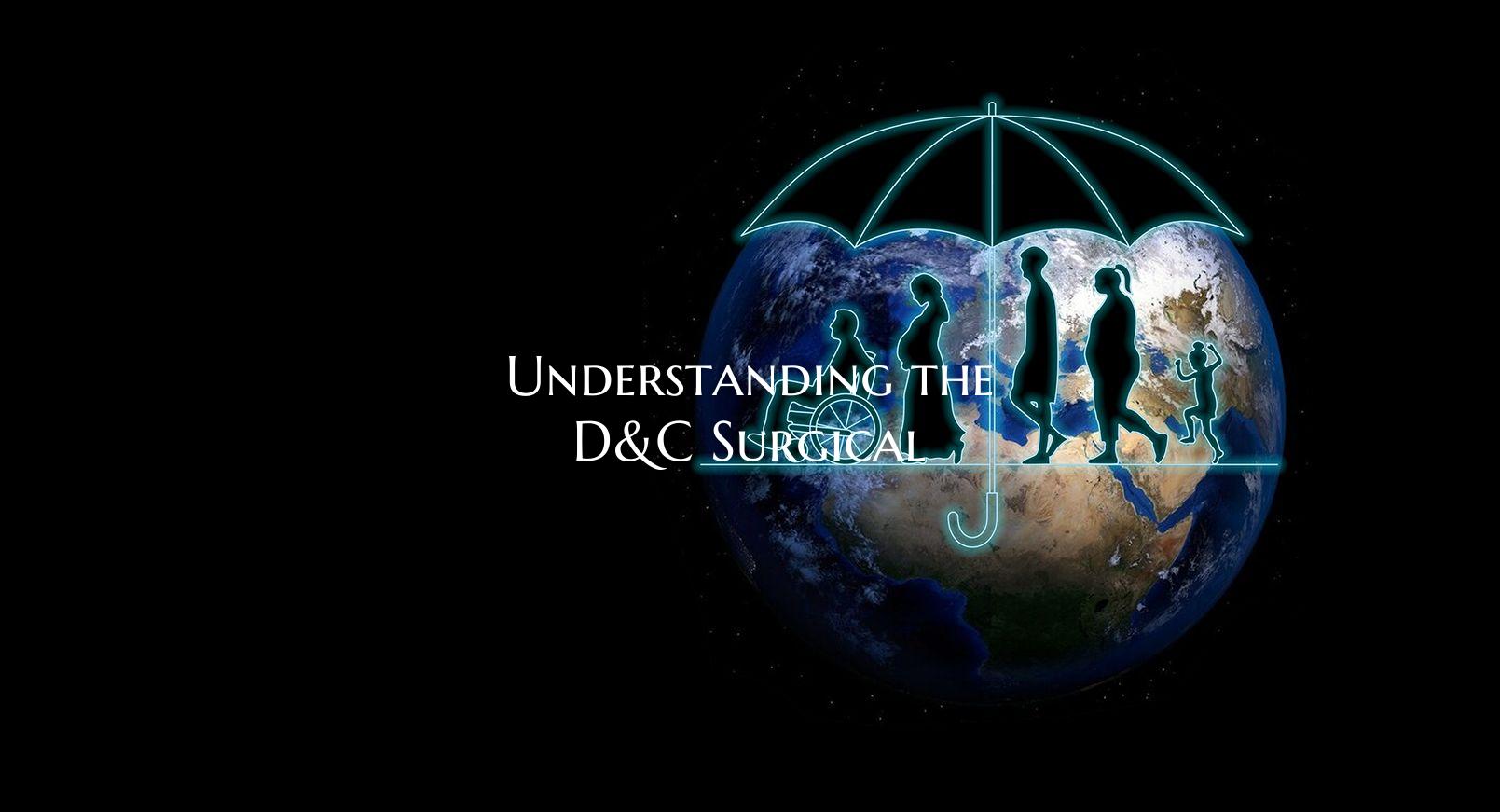
Understanding the D&C Surgical
Introduction: A dilation and curettage, commonly referred to as a D&C surgical procedure, is a medical procedure performed to diagnose or treat certain gynecological conditions. This surgical intervention involves dilating the cervix and removing tissue from the uterus. Understanding the purpose, process, and potential risks associated with a D&C can help individuals make informed decisions about their reproductive health care.
Purpose of the D&C Procedure: 1. Diagnostic Tool: A D&C may be performed to investigate abnormal uterine bleeding, diagnose the cause of miscarriage, evaluate abnormal Pap smear results, or detect uterine abnormalities such as polyps or fibroids. 2. Therapeutic Intervention: In some cases, a D&C is used as a treatment option for conditions like excessive bleeding, incomplete miscarriage, or retained placental tissue after childbirth.
The D&C Procedure Process: 1. Preparation: Before the procedure, the healthcare provider will explain the steps involved, discuss any potential risks, and may perform a physical exam and tests. 2. Anesthesia: Depending on the specific case, the D&C may be performed under general anesthesia, local anesthesia, or conscious sedation for pain management. 3. Dilating the Cervix: The healthcare provider will gradually dilate the cervix to allow access to the uterus using specialized instruments. 4. Curettage: A curette, a spoon-shaped surgical tool, is inserted into the uterus to gently scrape and remove tissue from the uterine lining. 5. Recovery: Following the procedure, there may be cramping, spotting, or light bleeding. The healthcare team will provide post-operative care instructions and follow-up appointments as needed.
Potential Risks and Complications: While a D&C is generally considered safe, like any surgical procedure, there are potential risks and complications to be aware of, including: - Infection - Uterine perforation - Heavy bleeding - Adverse reactions to anesthesia - Scar tissue formation
Conclusion: Understanding the D&C surgical procedure is essential for anyone considering or undergoing this gynecological intervention. By being informed about the purpose, process, and potential risks associated with a D&C, individuals can actively participate in their healthcare decisions, communicate effectively with their healthcare providers, and ensure the best possible outcomes for their reproductive health. It is important to consult with a qualified healthcare professional for personalized information and guidance regarding a D&C procedure.